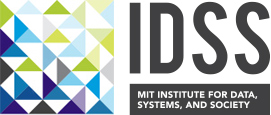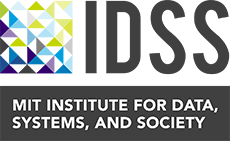Collective Decision Making: Theory and Experiments
32-155 , United StatesAbstract: Ranging from jury decisions to political elections, situations in which groups of individuals determine a collective outcome are ubiquitous. There are two important observations that pertain to almost all collective processes observed in reality. First, decisions are commonly preceded by some form of communication among individual decision makers, such as jury deliberations, or election…

